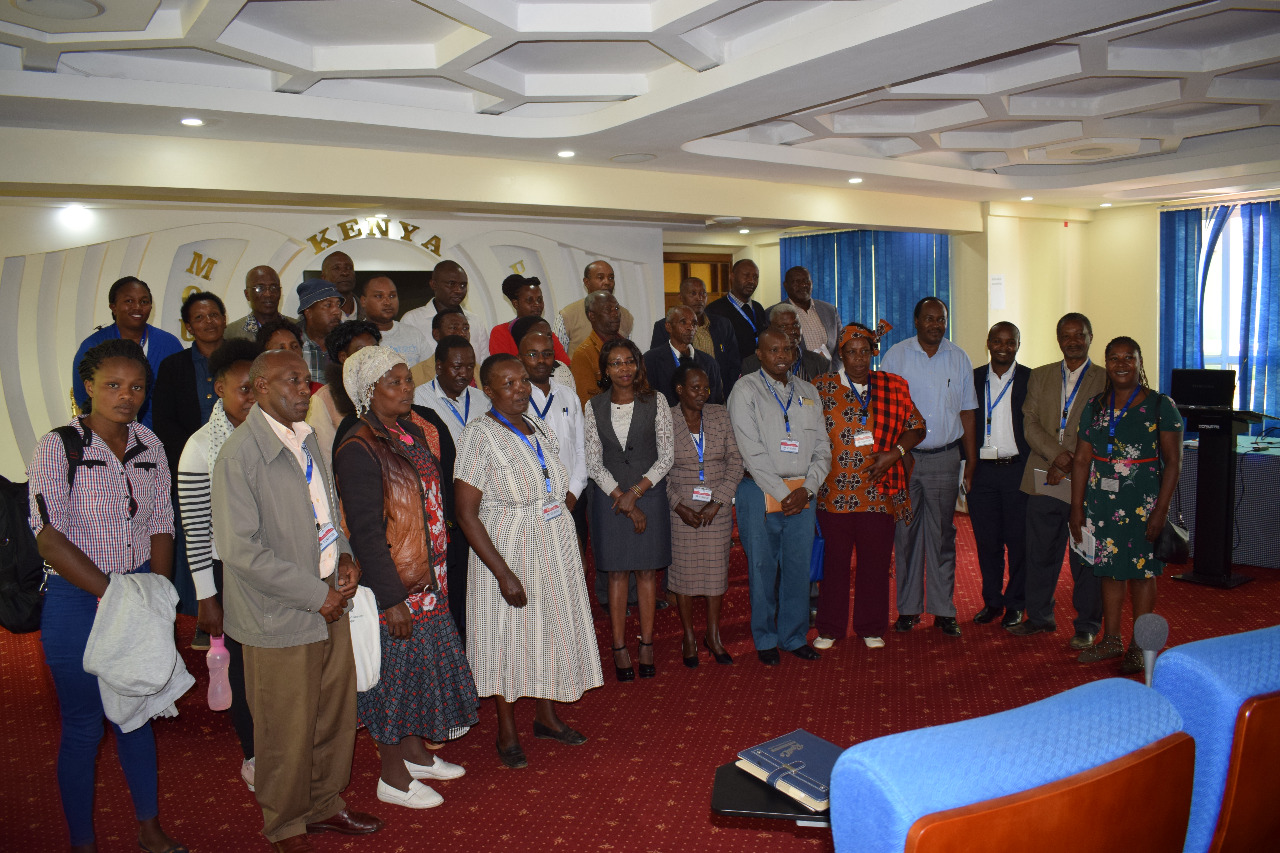Once a business model is available, it is time to develop a project and find a financier.
Step 1. Design a project to pursue the business idea. It should include a clear structure and sound contractual frameworks (e.g. actors involved in implementing the project and their roles; financial flows; decision-making processes; and legal entities relevant for the project).
Step 2. Identify potential financiers, which may be environmental trust funds or impact investments. A trust fund is a vehicle for collecting, investing, allocating and managing assets, filled through donations, public funds or others (e.g. taxes). Impact investments are those made with the intention to generate positive, measurable social and environmental impact alongside a financial return. They are usually made by development finance institutions, private foundations, pension funds, individual investors and others.
Step 3. Develop a marketing strategy for the project.
Step 4. Develop a project business plan (PBP). A PBP is a written description of the future of a project (usually 3-5 years). It describes the resources and capacities that exist now and those that will have been secured in the future. A PBP gives an investor confidence that the project team knows where they are going and how they will get there.
One of the biggest challenges for designing a successful project is the need of specialized expertise, in a context of already very limited resources to meet basic financial requirements of PA management. For example, in the case of a national park run by a government authority, a lawyer should be consulted to address governance questions related to the possibility of cooperating with private enterprises and NGOs to circumvent bureaucratic requirements and budgetary limitations.
Impact Investors often face challenges in finding mature projects to invest in. Sites that apply for a globally recognized certification programme, such as the IUCN green list, have a baseline and indicators that allow site managers and potential investors to measure impact. Therefore, having a certification and developing a PBP and a communication strategy may help to unlock private investments for conservation.
Achieving the Aichi Targets and the Post-2020 Biodiversity Framework regarding PA effectively managed will require a general mindset change to engage the private sector in nature conservation.
